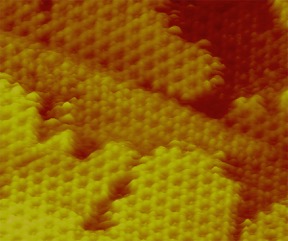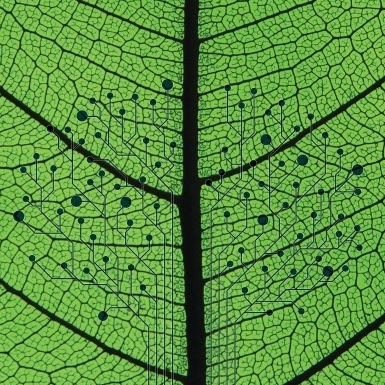JCAP News and HIGHLIGHTS
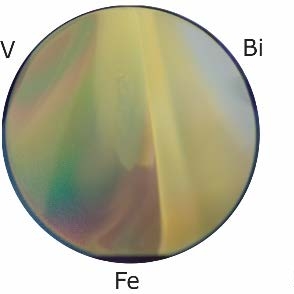
ACS Editors' Choice articles include JCAP’s high-throughput experimentation team's work (Parts 1 & 2) on strategy for structure-property mapping.

Jinhui Yang performing X-ray photoelectron spectroscopy measurements, which are used to understand the chemical properties of surfaces.

Review provides an excellent reference for researchers working with solar water-splitting devices and wanting to learn more about solar-fuels generators

New analysis published in Nature Communications provides insight into factors that govern photoelectrochemical device performance .
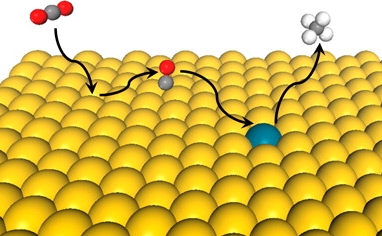
Proposed mechanism suggests that single-atom bimetallic alloys behave as a “one-pot” tandem catalysts, reducing CO2 to C1 hydrocarbon products.
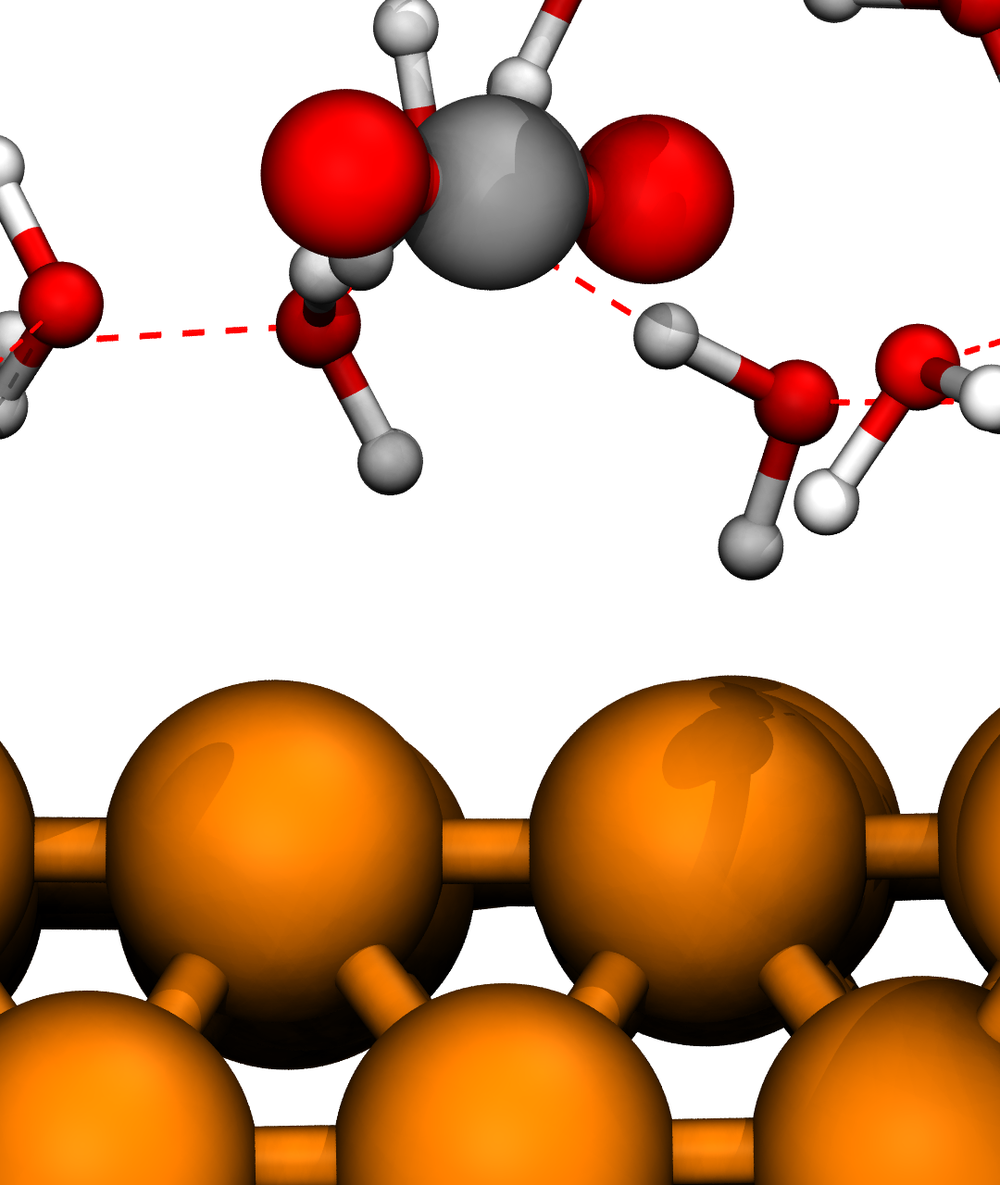
QM calculations with a realistic description of water were used to determine the mechanisms of CO2 reduction reaction.

Researchers assembled and characterized a device that under 1 Sun illumination operates in two electrolytes with different pHs and reduces CO2 to formate.

A Bismuth-Vanadate thin-film semiconductor is tested for degradation (Credit: Paul Mueller/LBNL). The work was highlighted by DOE.


